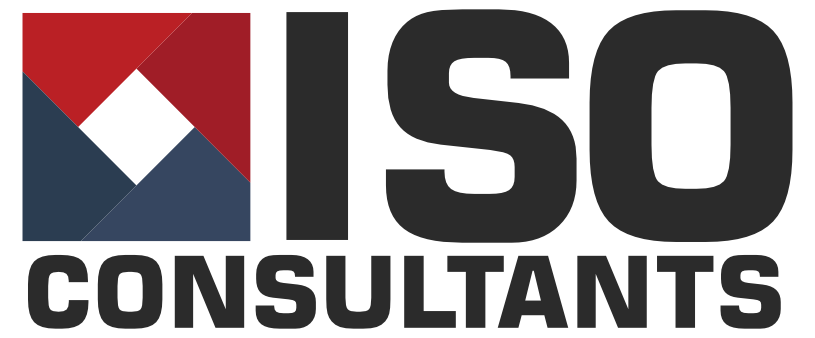“So basically, you’re telling me that all that documentation I’ve paid to have produced over the last fifteen years can now be thrown away? And I don’t need any ISO9001:2015 procedures?”

No Documentation? Really?
Now, strictly speaking that isn’t quite what the standard says. However, it is a major point in the advertising and announcements for this newer version of the standard. By the way, it becomes the ONLY version which you can be approved against as of 15th September 2018. The certification bodies are currently harvesting a bumper crop. Before mid-September 2018, all ISO 9001 and ISO 14001 certificates need to be replaced. Therefore, the certification bodies are reporting long lead times for new certification due to the “shortage” of appropriately qualified resource (that’s “shortage” as in “we aren’t paying enough to attract people”).
ISO9001:2015 Documentation. Yes and No.
So can my friend Bill, the wise MD, really throw away all his documentation but maintain his approvals? Well the answer is both yes and no (not surprisingly). It is true that ISO 9001:2015 now has no mandatory requirements for documented procedures. However, before you press delete on your particular folder of quality procedures, it says the following. You must “retain documented information to have confidence that the processes are being carried out as planned”.

Have I Lost You Yet?
So what does that mean, and isn’t that the same as needing documented procedures? Well, no it isn’t. What the standards writers are trying to say is this. If the processes your business relies on can operate without a set of instructions or a flow chart to explain them, then that’s fine and you don’t have to generate them. But you DO need to be able to prove they are working well. Therefore, you need some form of records to show that they are OK.
The Widget Machine – An Example
You have a machine which produces your product/service/widget. The operator has been trained to put the raw materials in one end and take the finished product out the other end. You don’t need a procedure explaining how the machine works and what its doing. But you will need a record to say “X” widgets were produced, none of them were faulty and they’ve all been checked and shipped to customers.

ISO 9001:2015 Documentation – In Pursuit of The Long View
Now, ISO 9001:2008 actually said the same thing but maintained certain mandatory documentation. Therefore, this isn’t really a new idea. However, the important concept which the 2015 version is trying to communicate is this. As you expand your view from the single activity explained above (making the widget), to the larger process by which your whole business operates (buying the raw materials, finding good suppliers, selling the widgets, managing the workforce and resources etc) then the quantity of documentation can also be simplified. All you need is sufficient ISO 9001:2015 documentation to make sure that the business fulfils your intentions for it. This should start with the aims of the organisation and have a logical structure through passing through your objectives and targets etc, as described under “The Context of the Organisation”. More about this here.
What the auditor saw
The interesting point from my view (having once been an auditor) is this. How well will the certification bodies auditors understand and be able to implement this new freedom? If your process isn’t documented and they’ve never seen it before how will they understand it ? Some interesting non-conformances may be raised over the next couple of years!

